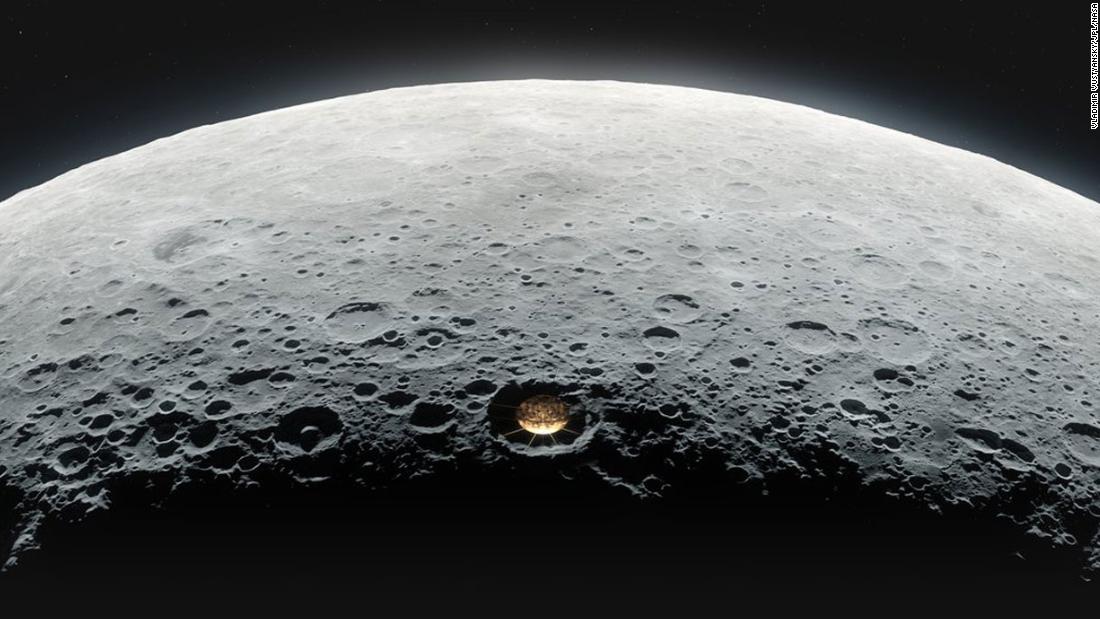
Picture the famed yet now defunct Arecibo Observatory in Puerto Rico, but on the moon.
The telescope could measure radio waves from a few hundred million years after the Big Bang that created our universe, before the first stars ever appeared.The details of this chapter in the history of our universe have eluded cosmologists, and these radio waves could reveal what happened during that time."While there were no stars, there was ample hydrogen during the universe's Dark Ages -- hydrogen that would eventually serve as the raw material for the first stars," said Joseph Lazio, LCRT team member and radio astronomer at NASA's Jet Propulsion Laboratory in Pasadena, California, in a statement.It's early days for this telescope, which could require years of technology development, but this approach fuels NASA's selection of future missions.
"Creativity is key to future space exploration, and fostering revolutionary ideas today that may sound outlandish will prepare us for new missions and fresh exploration approaches in the coming decades," said Jim Reuter, associate administrator for NASA's Space Technology Mission Directorate, in a statement.The far side of the moonThe radio telescopes scientists use on Earth can't assess the radio waves from this cosmic era because they're blocked by the ionosphere, which are the charged particles in our planet's upper atmosphere.The far side of the moon, where only robots have ever tread, is an atmosphere-less and perfectly quiet place -- which would prevent any radio interference from Earth."Radio telescopes on Earth cannot see cosmic radio waves at about 33 feet (10 meters) or longer because of our ionosphere, so there's a whole region of the universe that we simply cannot see," said Saptarshi Bandyopadhyay, lead researcher for LCRT and a robotics technologist at JPL, in a statement."DuAxel solves many of the problems associated with suspending such a large antenna inside a lunar crater," said Patrick McGarey, LCRT and DuAxel team member and robotics technologist at JPL, in a statement.